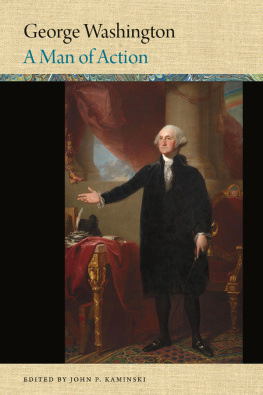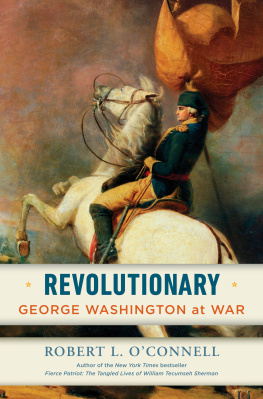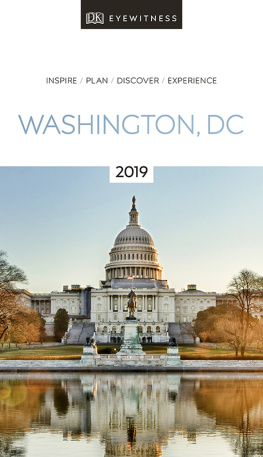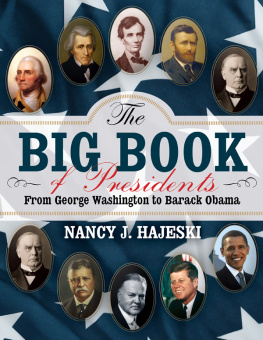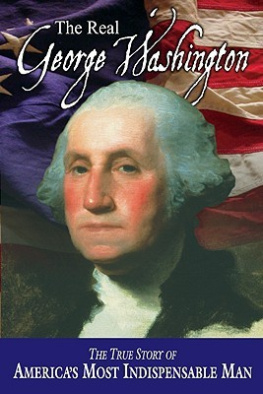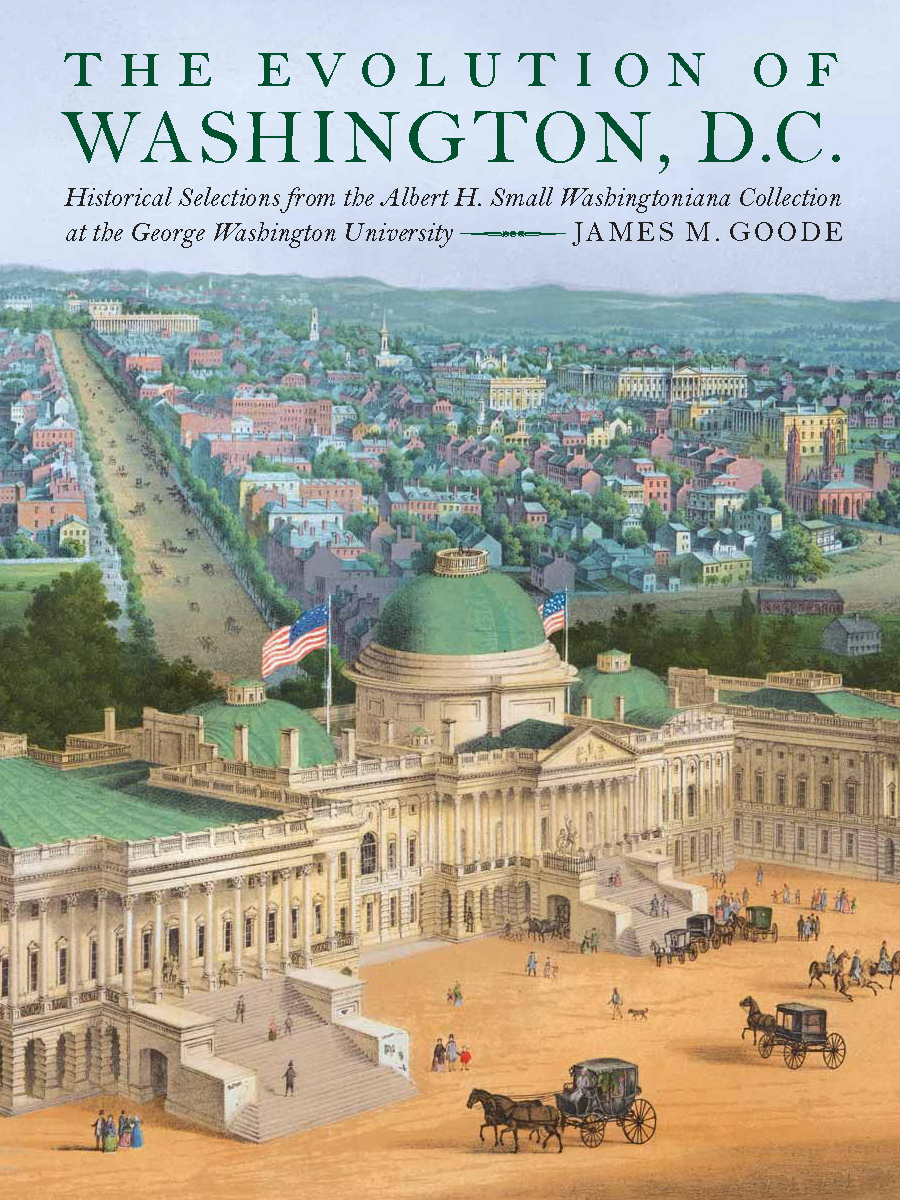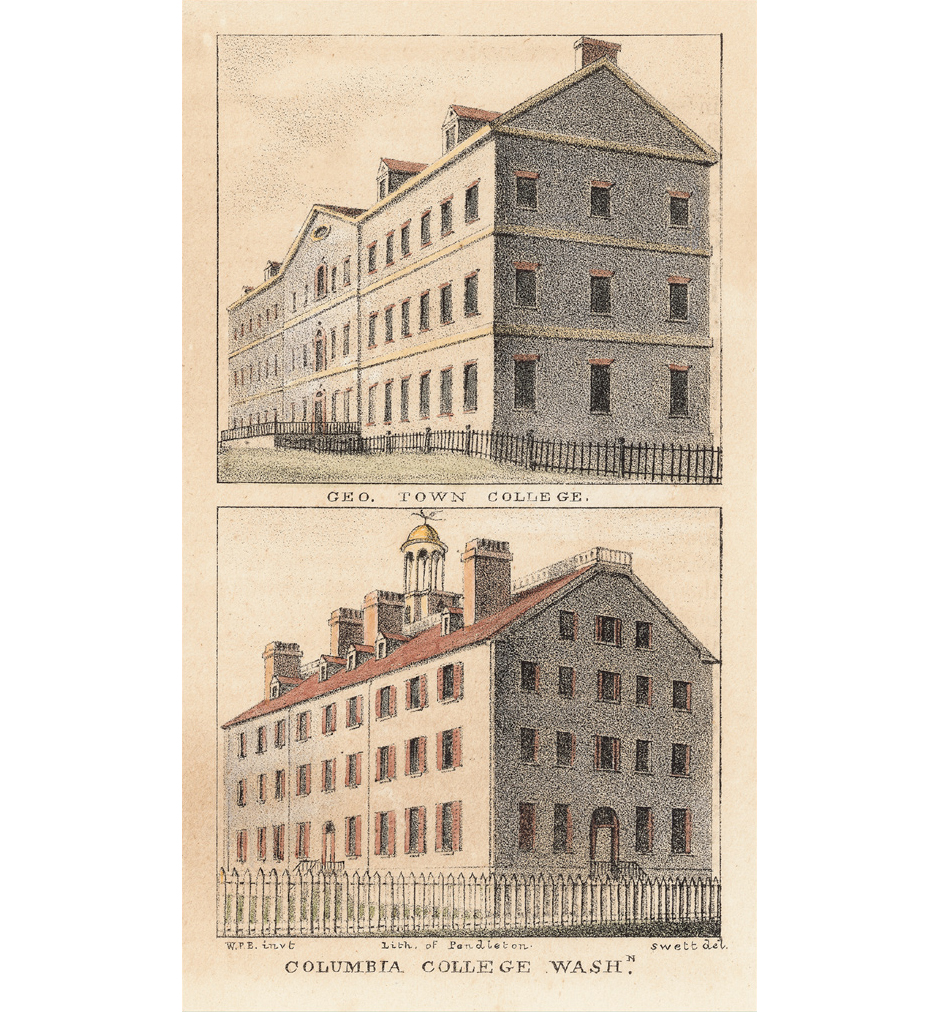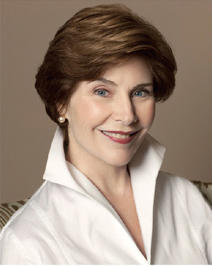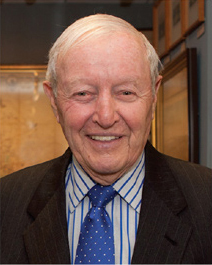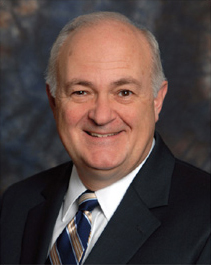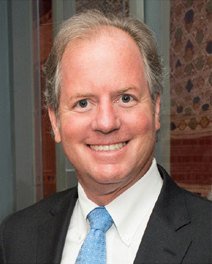2015 by the George Washington University
All rights reserved. No part of this publication may be reproduced or transmitted in any form or by any means, electronic or mechanical, including photocopying, recording, or information storage or retrieval system, without permission in writing from the publishers.
The George Washington University
2121 Eye Street NW
Washington, DC 20052
Distributed by Smithsonian Books
Director: Carolyn Gleason
Editor: Christina Wiginton
This book may be purchased for educational, business, or sales promotional use. For information, please write: Special Markets Department, Smithsonian Books, P. O. Box 37012, MRC 513, Washington, DC 20013
Copy Editor: Joanne Reams
Cover and Book Design: Robert L. Wiser
Library of Congress Cataloging-in-Publication Data
Goode, James M.
The evolution of Washington, D.C. : historical selections from the Albert H. Small Washingtoniana Collection at the George Washington University / James M. Goode; [foreword by] Laura W. Bush; [introduction by] John Wetenhall; [commentaries by] Steven Knapp.
pages cm
eBook ISBN: 978-1-58834-506-6
Hardcover ISBN 978-1-58834-498-4
1. Small, Albert H. (Albert Harrison)Art collectionsCatalogs. 2. Washington (D.C.)Buildings, structures, etc. 3. Washington (D.C.)Maps. 4. Historic buildingsWashington (D.C.) 5. Washington (D.C.)History I. Title.
F195.G633 2015
975.3dc23
Cover: Thomas U. Walters Winning Design for the Capitol Extension , colored lithograph published by Edward Sachse, Baltimore, 1852.
www.SmithsonianBooks.com.
v3.1
The first two colleges in Washington were Georgetown and Columbian (now the George Washington University).
Foreword
Laura W. Bush
First Lady of the United States
20012009
Washington, D.C., is home to some of our nations most historic landmarks, including the Woodhull House at the George Washington University, which is the perfect place for this significant collection of rare maps, prints, and manuscripts pertaining to our capital city.
Our capital belongs to the American people, and it is where we confront our national challenges and celebrate our triumphs. The city of Washington serves as the backdrop for pivotal meetings between world leaders, and it projects American ideals internationally. It is important for the American people to understand the citys history and its own unique development.
The Albert H. Small Center for National Capital Area Studies at the George Washington University is the ideal location for citizens and scholars to study this fascinating history. I am thrilled that Albert Smalls comprehensive, unparalleled collection of Washingtoniana documents will become part of the universitys curriculum and will educate and inform our children and grandchildren, for generations to come.
Laura W. Bush
Invitation
Albert H. Small
President
Southern Engineering Corporation
I began my Washingtoniana Collection over sixty years ago. As a third generation Washingtonian, the story of our nations capitol has always been important to me, and the collection I have assembled shows the citys development. I am drawn to the stories that go with each print, map, book, and letter. I have had a lot of enjoyment acquiring them, and I believe they will truly enrich our understanding of the history of our nations capitol.
One exceptional item in my collection is a print of two steamships that once traveled the Potomac River. I remember my father taking me on overnight trips to Norfolk on one steamer in the print, District of Columbia , during the 1930s. That grand ship made quite an impression on me as a boy, and I look back on that voyage fondly to this day. But they are part of another era nowan era that is in danger of being forgotten. That is why I am proud that my collection will live on in this catalogue, and at the George Washington University, where future generations can use it to study and appreciate this great city.
Albert H. Small
Message
Steven Knapp
President
The George Washington University
In 2011, the George Washington University was proud to be selected as the new home of the Albert H. Small Washingtoniana Collection. Mr. Smalls generosity in sharing his collection with our university and the public illuminates our shared heritage and will provide unique insight into the history of our nation and its capital city.
We at George Washington are striving to be ever more of , as well as in , Washington, D.C, and we take seriously our role as a vibrant center of cultural and historical discovery and discussion. Albert Smalls Washingtoniana Collection is a natural extension of that mission, providing unparalleled opportunities for students and scholars to engage in a lively exchange of ideas and energies, which is so important to the cultural health of not only this nation but also the world.
Mr. Smalls commitment to strengthening cultural and educational opportunities for all Americans serves as an inspiring reminder of what it means to be a citizen of the United States and exemplifies the values of service and leadership envisioned by our universitys namesake.
Steven Knapp
Introduction
John Wetenhall
Director
The George Washington University Museum and the Textile Museum
Albert Smalls extraordinary gift of Washingtoniana establishes the new George Washington University Museum as a center of Washington area studies and a place for public audiences to appreciate historical treasures that detail the founding of our nations capital. These revealing maps, documents, books, and ephemera will provide the basis for classes and seminars, academic studies, museum exhibitions, and digital learning for decades.
This remarkable collection takes its place alongside the treasures of Washingtons Textile Museumthe other anchor of this new museumwhich brings nearly 20,000 rare and beautiful works of fabric art from cultures around the world. The universitys existing holdings, primarily of modern and contemporary art, will also contribute to this rich cultural mix. Together, these wondrous collections may seem disparate in material, content, and geographic origin, but at their core, they tell us about the values and aspirations of human beings: societies that adorn themselves and their environments to express their own identities and beliefs, and a young nation wanting to share its vision of a promising future for all the world to see.
John Wetenhall
Preface


